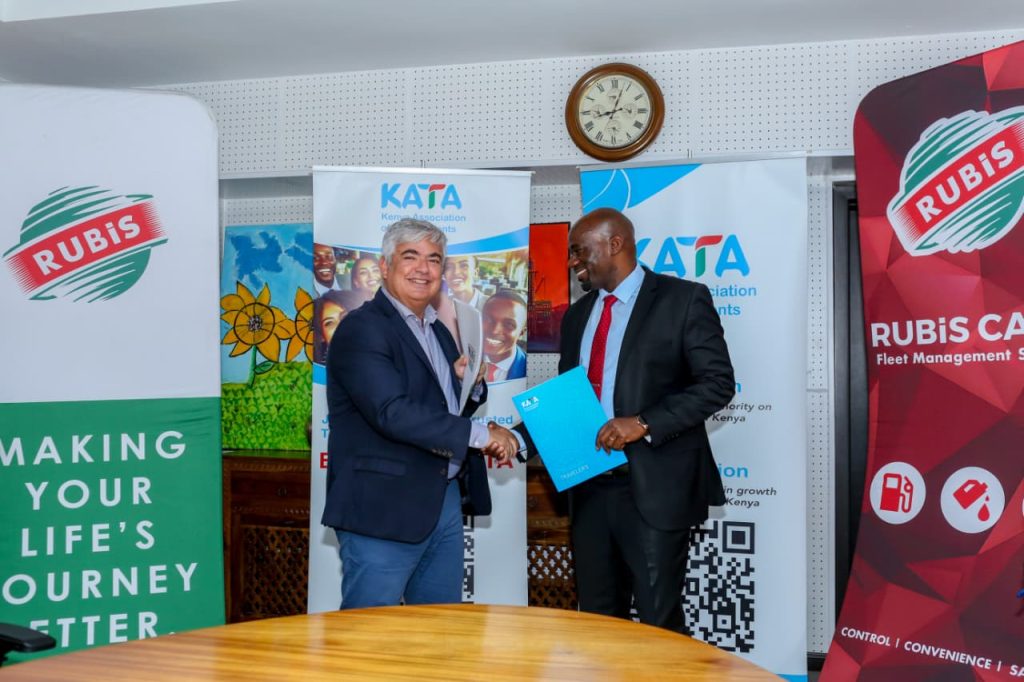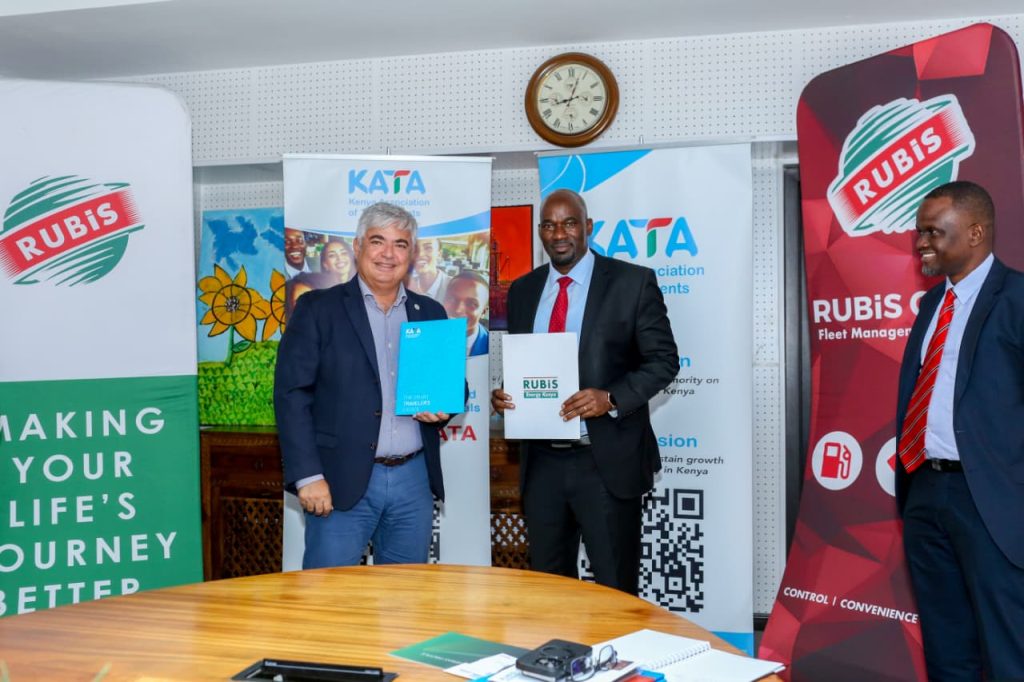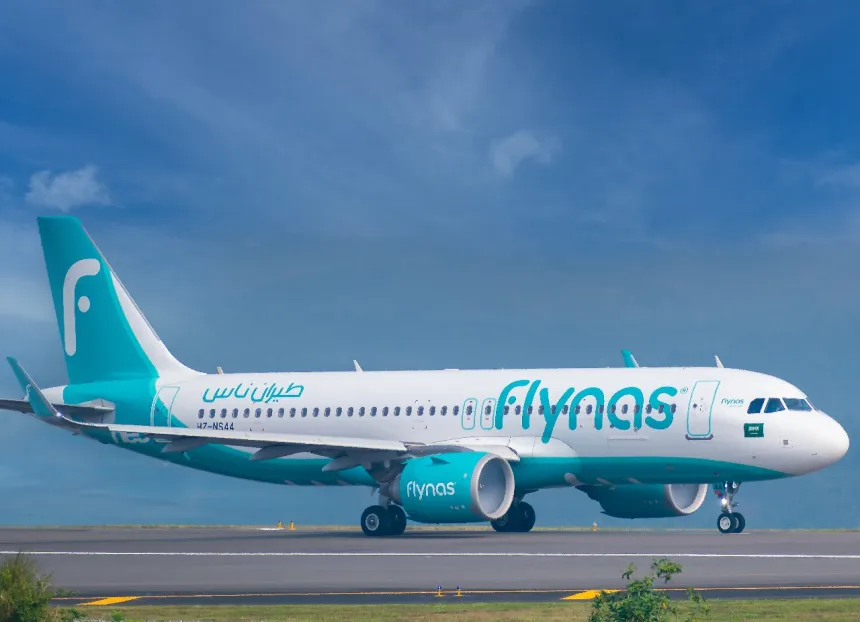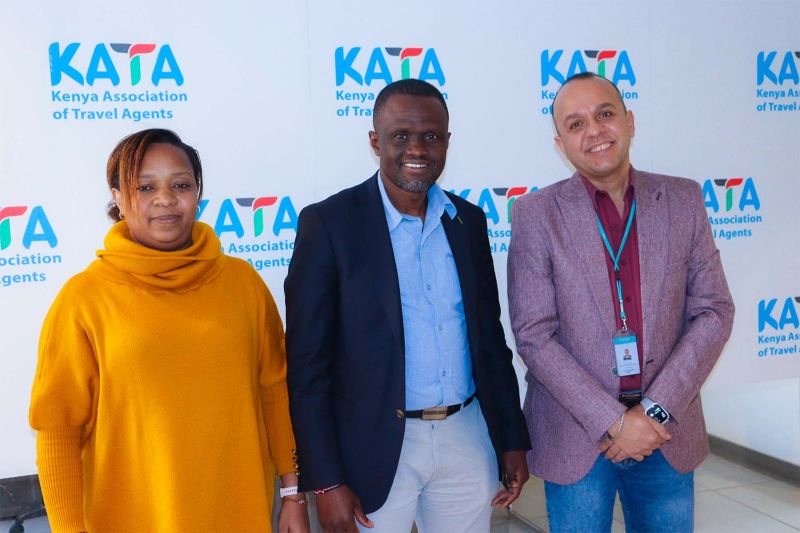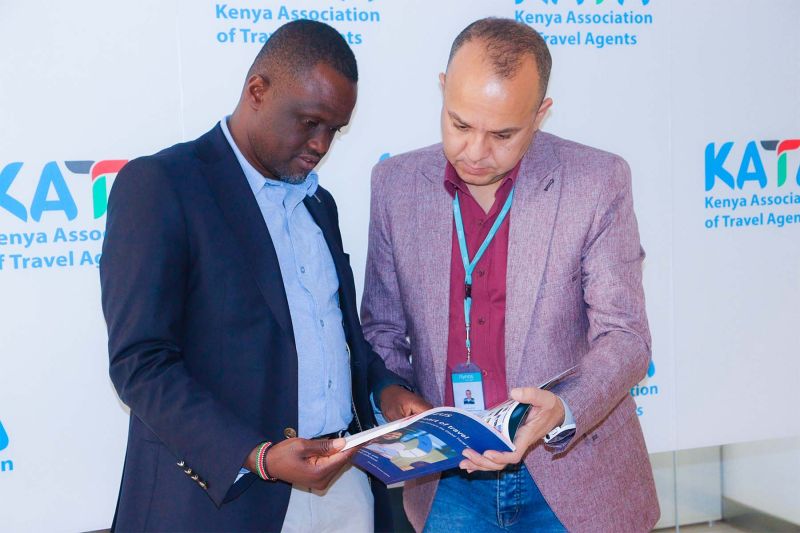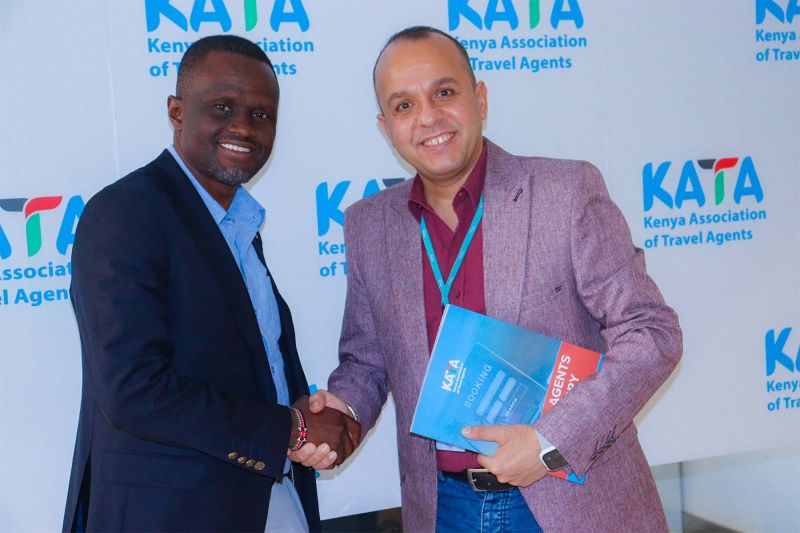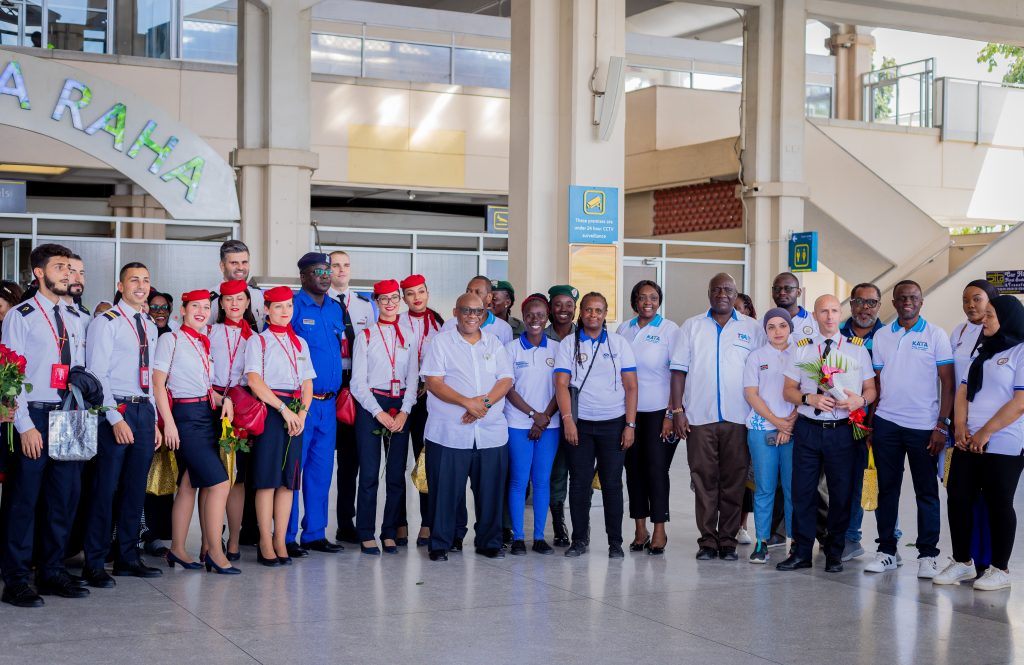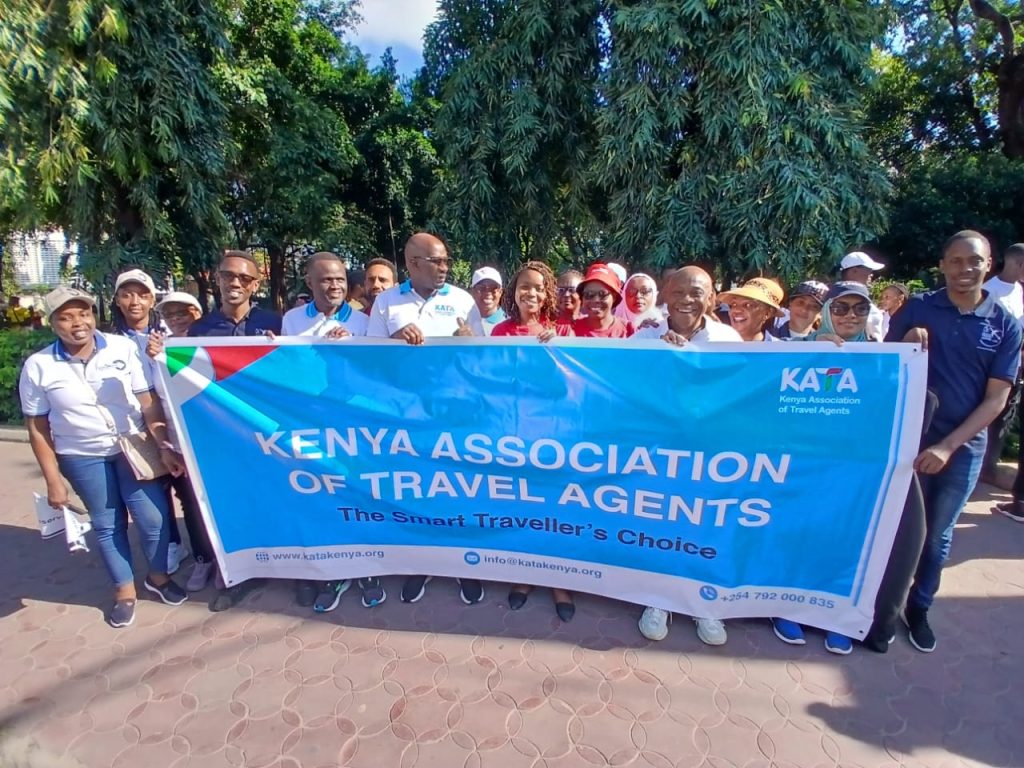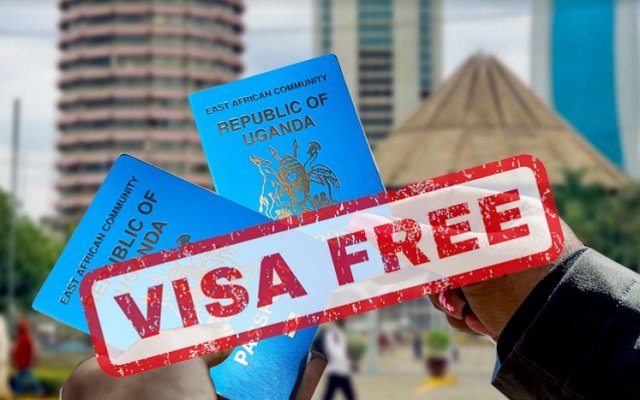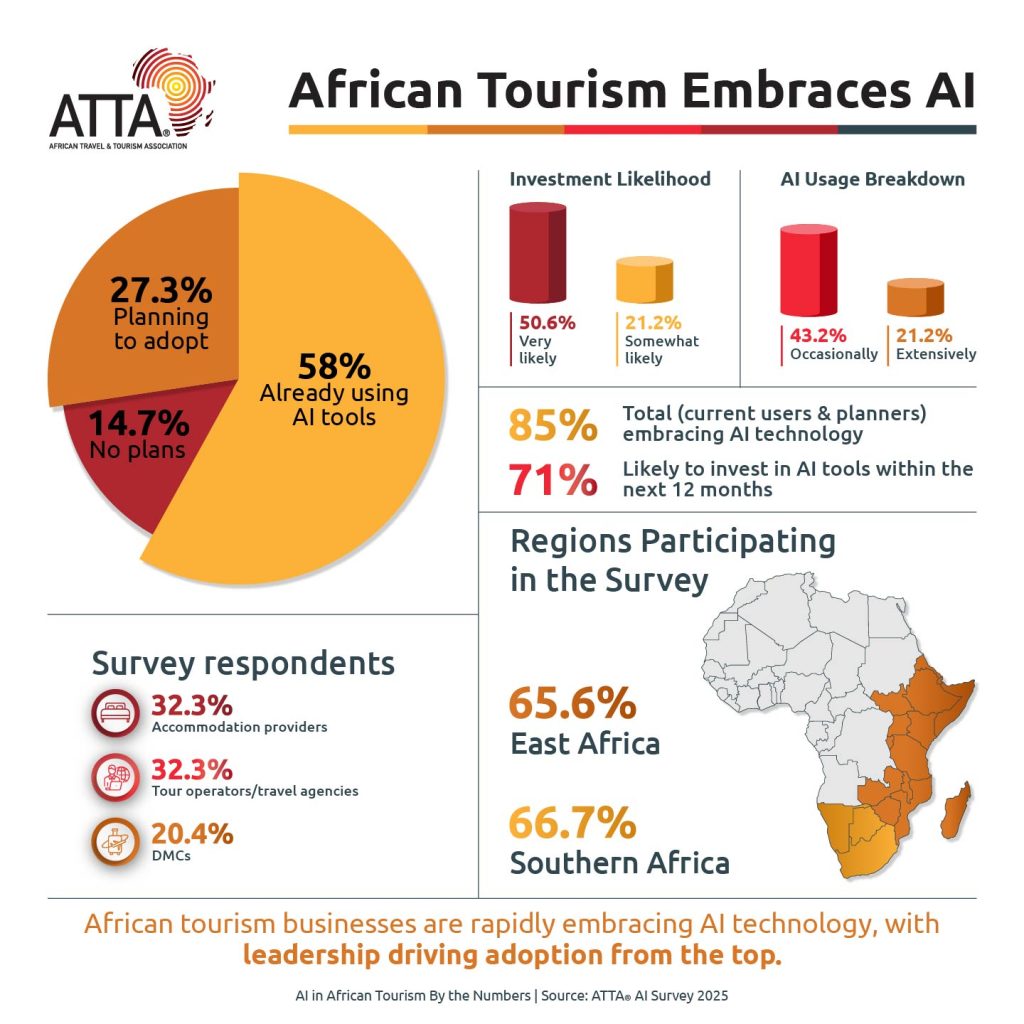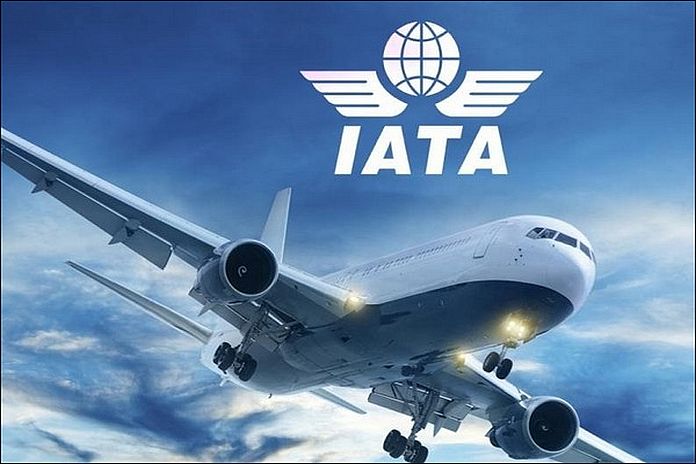Nairobi is set to host the Magical Kenya Travel Expo (MKTE) 2025 from 1st to 3rd October at Uhuru Gardens, bringing together local and international tourism stakeholders for one of East Africa’s premier travel events. The expo offers a platform for Kenyan travel businesses to connect with global partners, explore new markets, and strengthen their presence in the international tourism arena.

Building on the success of previous editions, last year’s MKTE attracted over 3,000 delegates from 25 countries, highlighting Kenya’s diverse tourism offerings. This year, organizers aim to host 5,000 participants, including 160 hosted buyers and more than 100 buyers’ clubs, underscoring the event’s continued growth and importance for both local enterprises and international players.
The expo provides a unique opportunity for small and medium-sized tourism businesses to access global markets without the high costs of overseas exhibitions. It also encourages domestic tourism, promoting Kenya’s rich variety of destinations and experiences to local travelers, which remains an untapped segment with significant growth potential.
KATA (Kenya Association of Travel Agents) members will play a leading role at the event, occupying the KATA Pavilion – Booth B47. Participating agencies include Holiday Bazaar, Travelshoppe, Triply, AA Destinations, Grey Impala Safaris, Stejos Tours & Travel, Memima Tours & Travel, and Safe Drive Tours & Travel. Visitors to the pavilion can explore innovative travel products, engage with industry experts, and identify new partnership opportunities that will drive the future of Kenya’s tourism sector.
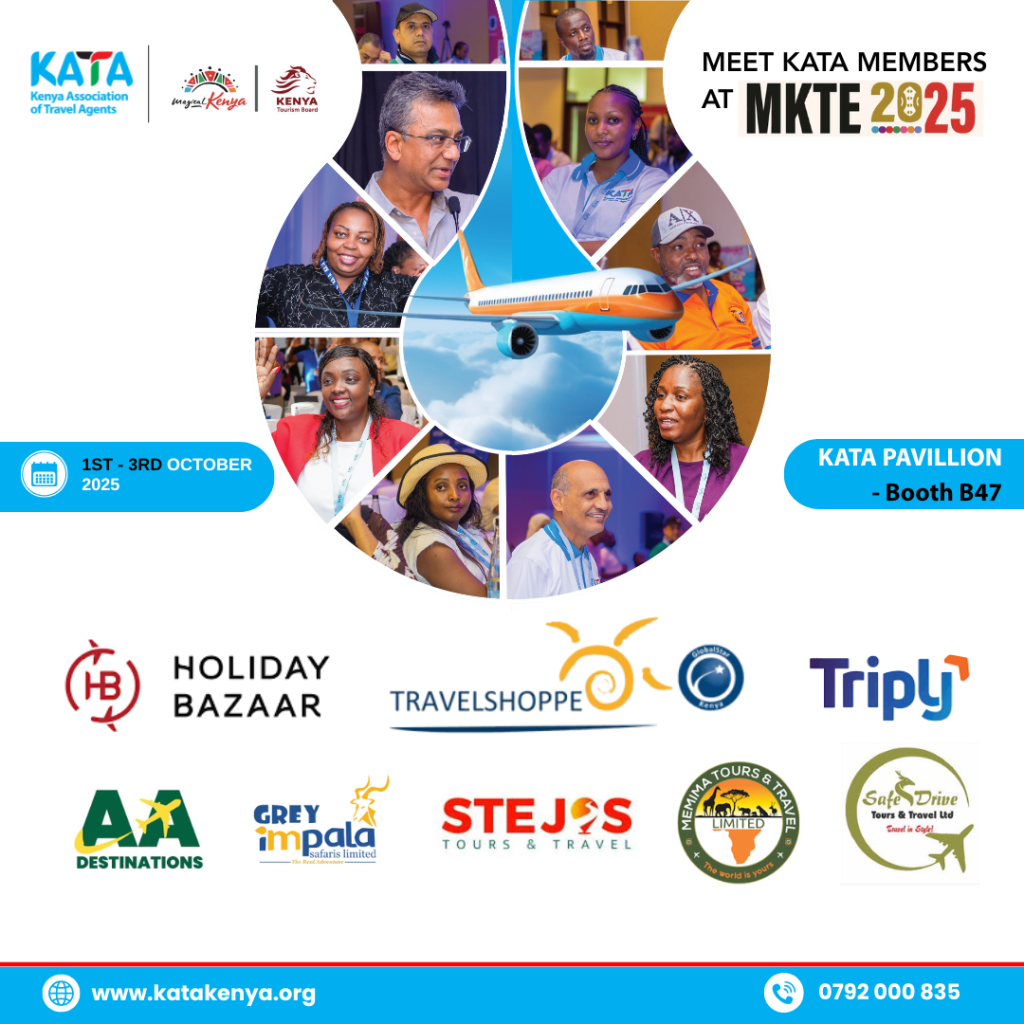
MKTE 2025 continues to reinforce Kenya’s position as a leading travel destination in Africa. By connecting local tourism players with international buyers and showcasing the country’s world-class attractions, the expo is set to strengthen business linkages, boost visitor numbers, and further diversify Kenya’s tourism offerings, benefiting the industry at both grassroots and national levels.

